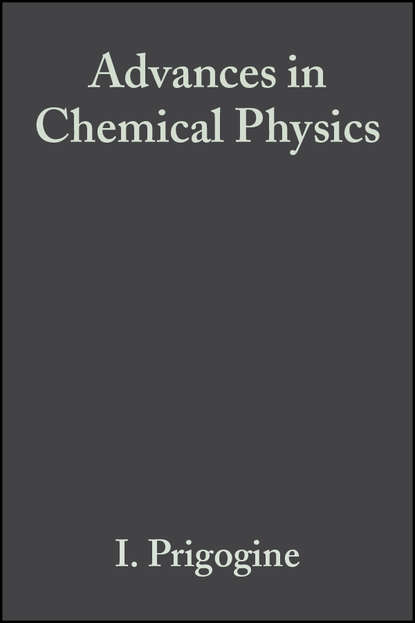Книга "The Elements of Continuum Biomechanics" - это привлекательное введение в механику сплошных сред в биологических системах. Она состоит из двух частей: первая часть представляет базовые концепции в строго одномерном пространственном контексте. Это сделано для того, чтобы новичок в механике сплошных сред мог оценить, как теория может быть применена к важным вопросам в биомеханике с самого начала. Вторая часть книги представляет полную трехмерную теорию и применяется к гиперэластичности мягких тканей, теориям ремоделирования, старения и роста. Книга заканчивается главой, посвященной методу конечных элементов. Эти и другие темы иллюстрируются на примерах исследований, мотивированных биомедицинскими приложениями, такими как вибрация воздуха в воздушном канале, гипертермическое лечение опухолей, память полосатых мышц и адаптивная упругость кости. Книга предлагает интересное и привлекательное введение в механику сплошных сред для студентов и исследователей биомеханики, а также других инженерных и научных дисциплин. Она объясняет механику сплошных сред, используя примеры из биомеханики для уникально доступного введения в тему. Переход от одномерного подхода к общей теории дает книге широкий охват, обеспечивая ясное введение для начинающих, а также отличный фундамент для тех, кто рассматривает переход к более сложным приложениям.
This book introduces the essence of continuum biomechanics to those interested in applying it to biological systems. Biomechanics deals with the study of mechanical properties and behavior of biological matter, like body organs, tissues, blood vessels, bones, teeth, muscles, etc. Scientists working in this field focus on analyzing the relationship between structure and function in living beings. It is considered a branch of physiology and biology. Two major types of biomechanical problems are analyzed: those involving living organisms (e.g., fetus development, cerebral aneurysm) and those encountered in artificial materials (e.g. sports equipment, dental prostheses). Because of their complexity, many are addressed using the techniques of mathematical visualization and computer simulation. Due to their multidisciplinary nature, biomechanical investigations shall be characterized by broad knowledge in physiology, physics, chemistry, mathematics, engineering, medical diagnostics, physiology and computer technology. One major theme covered in this book is the explanation of fundamental aspects of continuum mechanics follows by applying them to biometrics cases, illustrating: 1. Vibration in airway, which is an example of hyperthermia, application to treat tumors; 2. Striated muscles memory, which explains the length-tension relationship in muscle using Euler-Bernoulli beam theory and truncated Taylor series; 3. Biphasic cartilage model, consisting of two phases: the solid phase protein matrix and low concentration of water dweelins combined with Eulerian description; and 4. Adaptive bone elasticity, modeled as St Venant-Kirchhoff plates and lattice parameter identification employed in measurement data. In addition, FE Analysis is highlighted at the end of the book demonstrate its application in determining stresses outside the bone tissue.
This text addresses these ideas with remarkable clarity and coherency beginning from explaining the basic concepts with one-dimensional treatments and progressing to three-dimension treatments with plenty of examples taken from biometric applications.
Электронная Книга «The Elements of Continuum Biomechanics - Marcelo Epstein» написана автором Marcelo Epstein в году.
Минимальный возраст читателя: 0
Язык: Английский
ISBN: 9781118360996
Описание книги от Marcelo Epstein
An appealing and engaging introduction to Continuum Mechanics in Biosciences This book presents the elements of Continuum Mechanics to people interested in applications to biological systems. It is divided into two parts, the first of which introduces the basic concepts within a strictly one-dimensional spatial context. This policy has been adopted so as to allow the newcomer to Continuum Mechanics to appreciate how the theory can be applied to important issues in Biomechanics from the very beginning. These include mechanical and thermodynamical balance, materials with fading memory and chemically reacting mixtures. In the second part of the book, the fully fledged three-dimensional theory is presented and applied to hyperelasticity of soft tissue, and to theories of remodeling, aging and growth. The book closes with a chapter devoted to Finite Element analysis. These and other topics are illustrated with case studies motivated by biomedical applications, such as vibration of air in the air canal, hyperthermia treatment of tumours, striated muscle memory, biphasic model of cartilage and adaptive elasticity of bone. The book offers a challenging and appealing introduction to Continuum Mechanics for students and researchers of biomechanics, and other engineering and scientific disciplines. Key features: Explains continuum mechanics using examples from biomechanics for a uniquely accessible introduction to the topic Moves from foundation topics, such as kinematics and balance laws, to more advanced areas such as theories of growth and the finite element method.. Transition from a one-dimensional approach to the general theory gives the book broad coverage, providing a clear introduction for beginners new to the topic, as well as an excellent foundation for those considering moving to more advanced application



















